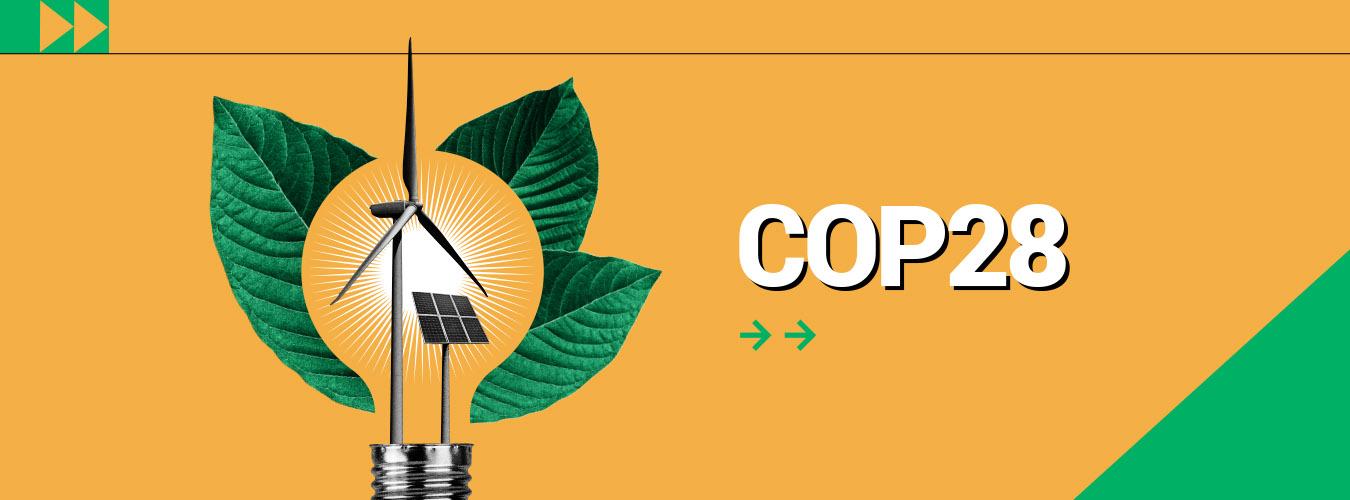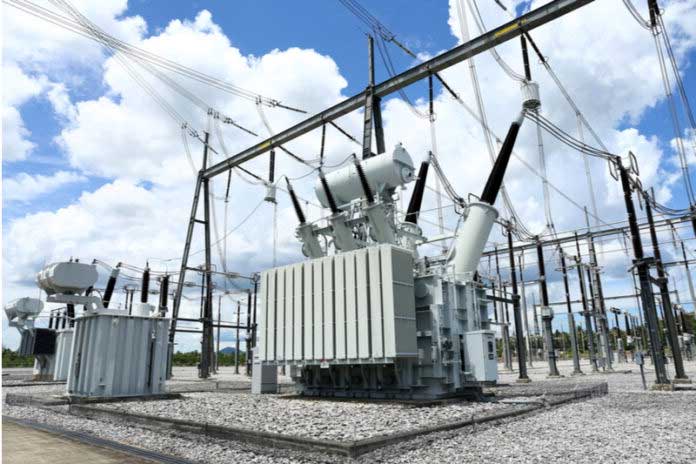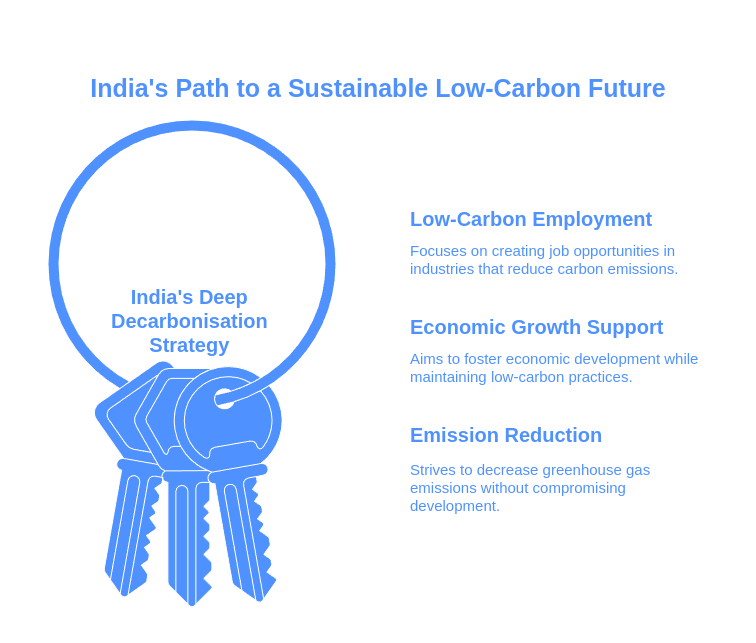Hartek Group at COP28: Advancing the Future of Sustainable Energy
As Hartek Group steps onto the global stage at COP28 in the UAE, we take immense pride in contributing to the critical dialogue shaping our planet’s future. This event, uniting over 70,000 diverse delegates, signifies a collective commitment to combat climate change—a mission we wholeheartedly endorse.
Our Commitment to Sustainable Energy and Net-Zero Goals
Our vision aligns seamlessly with the shared global goal of limiting temperature rise to 1.5 degrees Celsius and achieving net-zero emissions by 2050. At Hartek Group, we’ve made significant strides in sustainable energy, saving 1.92 billion tonnes of CO2 emissions and installing 7 Gigawatts of Solar Grid connectivity in the past year alone. This achievement places us among the top 3 rooftop solar companies in India.

Hartek Group’s Clean Energy Journey
Reflecting on our journey, our Executive Director, Mr. Simarpreet Singh, shares a personal story from the early days of solar installations. In 2011-2012, as we erected a 2.5 MW grid-connected rooftop solar plant in Gandhinagar, technicians referred to solar panels as “plates.” The uncertainty surrounding this groundbreaking project underscored the pioneering spirit that has defined Hartek’s trajectory.
Back then, the idea of India reaching 75 GW installed capacity by 2023—a 6000x increase—seemed unrealistic. Yet, our unwavering belief in sustainable energy and climate technology as the future guided us through this transformative period. The turning point arrived with COP21, where a new international climate agreement set the stage for global cooperation to limit global warming.
India’s Leadership in Sustainable Energy at COP28
India has emerged as a leader by implementing strategic policies, increasing renewable capacities, and attracting the right mix of investment. However, Mr. Simarpreet Singh emphasizes that developed nations must adopt more aggressive targets to align with global climate goals.
As we gear up for COP28, Hartek Group remains at the forefront of India’s renewable energy industry. With 7 GW of solar connected to the grid, critical infrastructure development, and strong collaborations with industries and institutions, we are driving sustainable energy adoption across the country.
Expanding Sustainable Energy Beyond Solar
Our commitment extends beyond solar energy. We are actively exploring diverse renewable energy sources like hydrogen and biofuels to accelerate India’s energy transition. Representing India among the global stakeholders at COP28 is both an honor and an opportunity to connect with key decision-makers worldwide.
Together, we look forward to accelerating the journey toward a net-zero and sustainable world. Join us as we navigate the path to environmental harmony and a resilient energy future.
#HartekAtCOP28
FAQ’s:-
1. What is Hartek Group’s role at COP28?
Hartek Group is participating in COP28 to drive discussions on sustainable energy and showcase its contributions to net-zero goals.
2. How much solar energy has Hartek Group installed?
Hartek Group has connected 7GW of solar energy to the grid, making significant strides in India’s renewable energy transition.
3. How does Hartek Group contribute to sustainable energy?
Hartek Group invests in solar, hydrogen, and biofuels, reducing CO2 emissions and supporting global decarbonization efforts.
4. Why is sustainable energy important for COP28?
Sustainable energy is key to limiting global warming to 1.5°C, and COP28 unites global leaders to advance renewable energy solutions.
5. What are Hartek Group’s future sustainability goals?
Hartek Group aims to expand its renewable portfolio, enhance energy infrastructure, and collaborate globally for a net-zero future.




